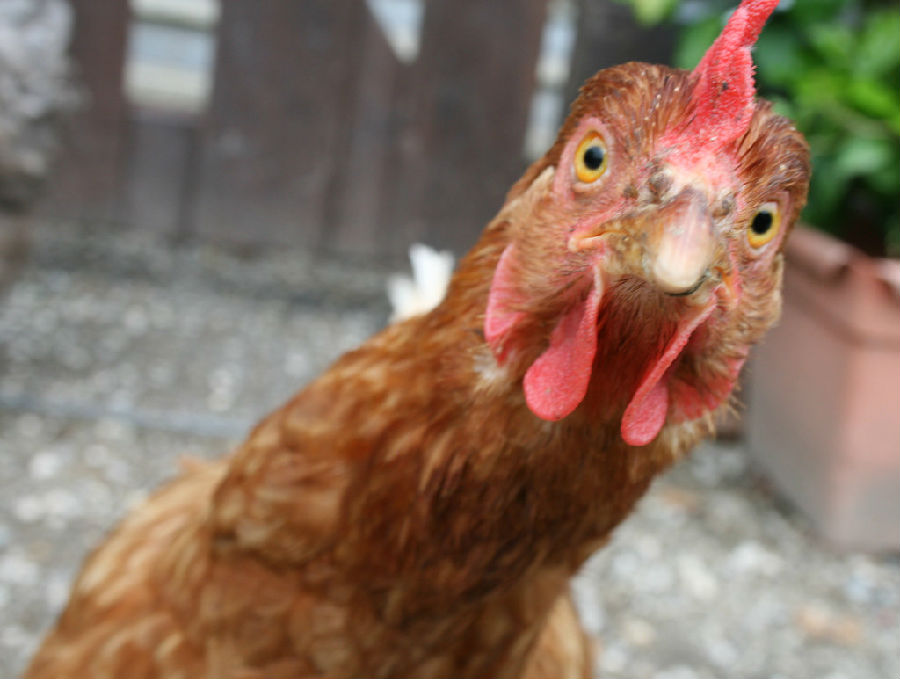“Chicken is the most commonly eaten meat worldwide, and their bones are components of household trash,” Bennett told Newsweek. “Industrial broiler (meat chicken) farms are spread around the world, and chickens are also buried at these sites.
“雞肉是世界上最常見的肉類,其骨頭是家庭垃圾的組成部分,”貝內特在接受《新聞周刊》采訪時說道。“世界各地都有工業肉用雞農場,雞也埋在這些地方。
“The significance of the post-mid-20th century chicken is that it is the first really good example we have of what palaeontologists call a new 'morphospecies'—that is a distinctive kind of skeleton that can be identified as a fossil—that appeared in the Anthropocene i.e. post-1950, and in that time became hugely abundant pretty well around the world. In the future, humans will find and use chickens as a marker—or index species—of our age.
“20世紀中期以后的雞的意義在于,它是古生物學家所說的新‘形態物種’的第一個很好的例子——這是一種可以被確認為化石的獨特的骨骼——出現在人類時代,即1950年后,在那個時候,世界各地人類都很活躍。未來,人類將發現并利用雞作為我們這個時代的標記或索引物種。

"The broiler chicken, Bennett says, is now a symbol of how the biosphere is unrecognizable from its pre-human state. Chickens have become the most numerous terrestrial vertebrate species on the planet and their biology has been shaped by humans, making chicken “one of the most striking examples of our age,” Bennett said.
貝內特說,這只肉用雞現在是生物圈從其原始人類狀態無法識別的一個象征。班尼特說,雞已經成為地球上數量最多的陸生脊椎動物,它們的生理結構也受到了人類的影響,這使得雞成為“我們這個時代最顯著的例子之一”。
This dominance is unlikely to last, however. “While chicken consumption is very popular right now, a sign of change is that the world’s largest chicken producers—Tyson Foods and Perdue Farms—are now investing in plant-based proteins,” Bennett said. “Times are changing and people are looking for food that is better for the environment, as well as their wallet.”
然而,這種主導地位不太可能持續下去。班尼特說:“雖然雞肉消費目前非常流行,但一個變化的跡象是,世界上最大的雞肉生產商泰森食品公司和普渡農場正在投資于植物蛋白。”“時代在變,人們在尋找對環境更好的食物,也在尋找更實惠的食物。”
譯文由可可原創,僅供學習交流使用,未經許可請勿轉載。












